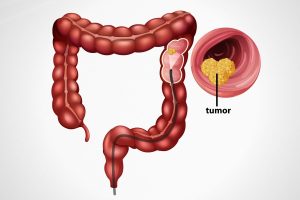The Complete User’s Manual for Tramadol 100MG

Tramadol 100MG is a prescription medication known for its efficacy in managing moderate to severe pain. As with any medication, users must have a comprehensive understanding of its uses, potential side effects, and proper administration. This user manual aims to provide essential information to ensure a safe and effective experience with Tramadol 100MG.
- Understanding Tramadol:
Tramadol belongs to the class of medications known as opioid analgesics. It works by altering the way the brain perceives and responds to pain, buy zolpidem and providing relief to individuals suffering from various types of pain, including post-surgery discomfort and chronic conditions.
- Dosage and Administration:
Always follow the prescribed dosage and administration guidelines provided by your healthcare professional. Tramadol 100MG is typically taken orally, with or without food. Avoid crushing or breaking the extended-release tablets, as this may lead to an increased risk of adverse effects.
- Potential Side Effects:
Common side effects of Tramadol 100MG may include dizziness, nausea, constipation, and headache. It is essential to report any persistent or severe side effects to your healthcare provider promptly. Additionally, inform your doctor of any pre-existing medical conditions or medications you are currently taking to avoid potential interactions.

- Safety Precautions:
Tramadol can cause drowsiness, so refrain from activities that require alertness, such as driving or operating heavy machinery, until you understand how the medication affects you. Do not consume alcohol while taking Tramadol, as it can enhance the sedative effects of the drug.
- Risk of Dependence and Withdrawal:
Tramadol has the potential for abuse and addiction, especially if used improperly or for an extended period. It is crucial to follow the prescribed dosage and not to share your medication with others. Abruptly discontinuing Tramadol can lead to withdrawal symptoms, so consult your healthcare provider before stopping the medication.
- Interactions with Other Medications:
Inform your healthcare provider about all the medications you are taking, including over-the-counter drugs and supplements. Tramadol may interact with certain medications, such as antidepressants and sedatives, leading to adverse effects.
- Overdose:
Seek immediate medical attention if you suspect an overdose. Symptoms may include difficulty breathing, extreme drowsiness, and unconsciousness. Keep Tramadol out of reach of children and pets to prevent accidental ingestion.
Tramadol 100MG can be an effective pain management solution when used as directed and under the guidance of a healthcare professional. By understanding its uses, and potential side effects, and adhering to safety precautions, users can optimize the benefits of this medication while minimizing the risks associated with its use. Always consult with your healthcare provider for personalized advice and guidance based on your individual health needs.





